This is a key year in the history of self-driving cars, not because full autonomy will arrive but because cars with important and differing versions of partial autonomy will hit showrooms like never before. Here are some big names to watch in 2022.
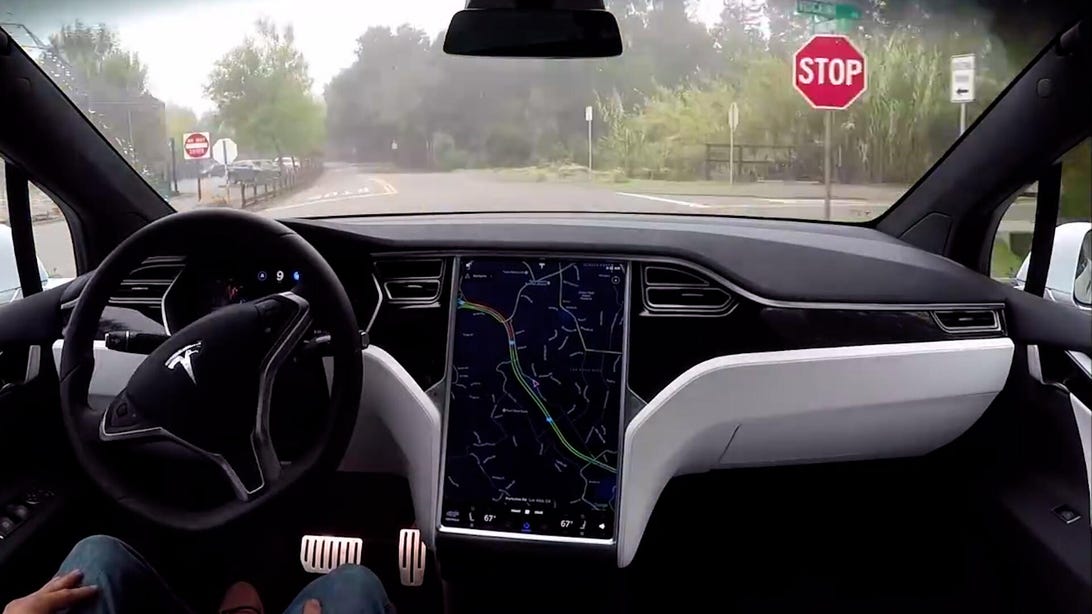
Tesla “Full Self Driving” is optimistic at best, a cruel hoax at worst.
CNETTesla is both the best and worst thing that ever happened to vehicle autonomy, accounting for an outsized share of fascination with and hatred of the technology. The company’s “Full Self Driving” technology is far from that and has been involved in the first known charge of vehicular manslaughter against the driver of a car that was supposedly driving itself. A list of crashes due to Tesla drivers not understanding those limitations inspired a recent US House hearing, joining a federal investigation of why these cars seem to home in on emergency vehicles. The company had to withdraw a feature that allowed drivers to play in-dash video games while underway and one that allowed their cars to roll through some stop signs. And a spike in complaints about Teslas slamming on their brakes for no reason led us to formally recommend you not buy one until the problem is fixed.
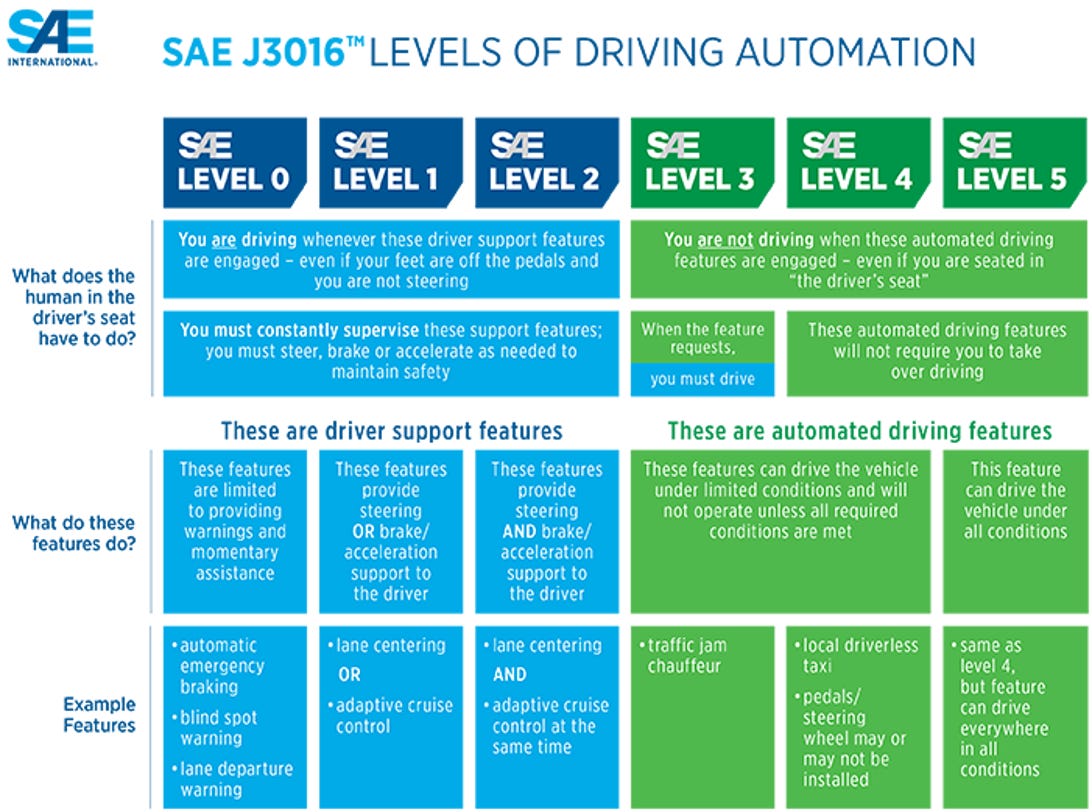

The official levels of self driving as laid out by SAE International, the auto industry’s technical hub.
Society of Automotive EngineersThrough that hot mess, Tesla may still crawl, scrape and beta test its way on public roads to offer something close to Level 4 self driving by the end of this year — as much a measure of the company’s cheek as of its technology. Level 4 means a car can fully self drive under many conditions and on many roads while the driver disengages their hands, eyes and attention.
Mercedes-Benz takes safety seriously and is expected to launch the first mass production Level 3 car in 2022 using its Drive Pilot technology. Level 3 allows the driver to check out while the car is piloting itself, but may be prompted to take over driving again at any time that the vehicle detects that it needs to do so. In the case of Drive Pilot that means when the car is approaching a speed above 37 MPH, exiting the 8,200 miles of carefully mapped sections of German roads where it will initially operate, or detecting environmental conditions that are too dicey for its sensors. The technology isn’t headed to the US yet and Audi’s experience is probably one reason why.
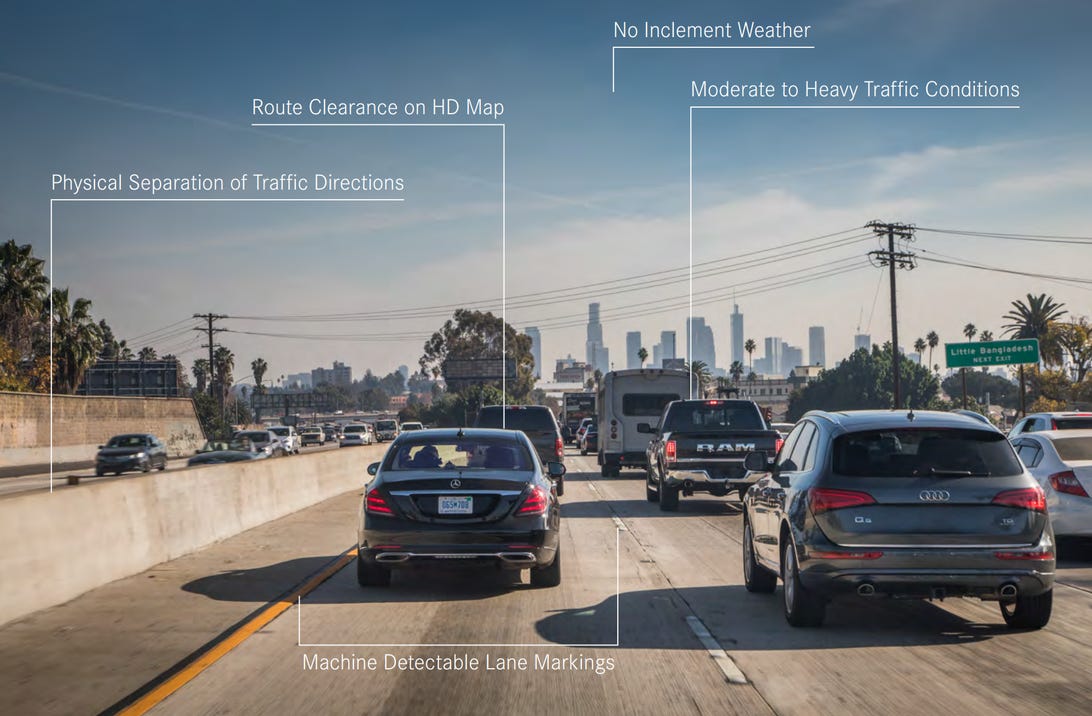

These are the main factors that Drive Pilot must be satisfied with before it will take over driving from you.
Mercedes-BenzAudi was first with an automatic traffic jam technology called Traffic Jam Pilot back in 2016. It would take over driving in low speed congestion until traffic opened up, then handing the driving back to the driver. But it was never aimed at the US, largely due to liability concerns caused by the uncertainty in US law when it comes to expectations of autonomous vehicles. BMW is widely expected to roll out Level 3 technology in the new 7 Series but also leaving it out of US versions for some of the same reasons that kept Traffic Jam Pilot out of this market.
In the Japanese domestic market you can get a Honda Legend (sold here as an Acura RLX until 2020) with Honda Sensing Elite that’s a lot like the erstwhile Audi traffic jam system, handling lower speed driving in congestion while the driver focuses their attention elsewhere, like watching a digital TV broadcast in the dashboard screen. But no napping, because this is Level 3 and could at any time demand that the driver take over.
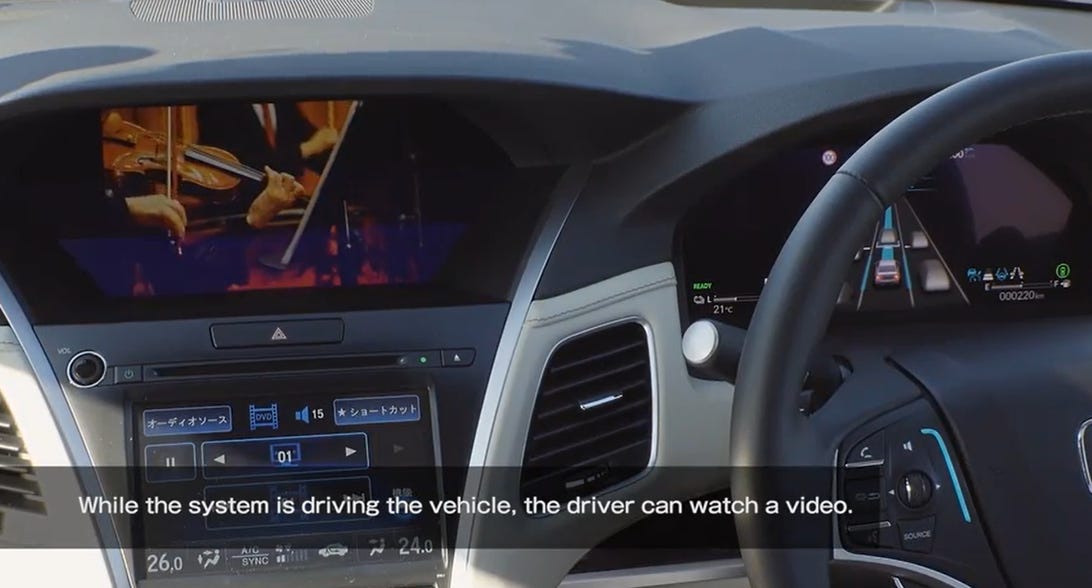

Take a break, watch a little TV. Honda Sensing Elite supports that, as long as you’re ready to take over driving at a moment’s notice.
HondaThat handoff looms large over Level 3 and has inspired some carmakers to just avoid it in their march to full autonomy. GM is focused on doing the most within Level 2 which requires you stay alert and ready at all times, giving you physical but not mental relief from the driving task. GM’s current Super Cruise tech will evolve into lidar-equipped Utra Cruise in 2023. Ultra Cruise will be able to obey permanent traffic indicators like stop signs and signals, support automatic or driver-requested lane changes if they’re safe, do left and right-hand turns and self-park in your driveway, and follow the directions of the factory nav system. GM estimates the new system will work on some 95% of US and Canadian paved roads under the vast majority of driving conditions.
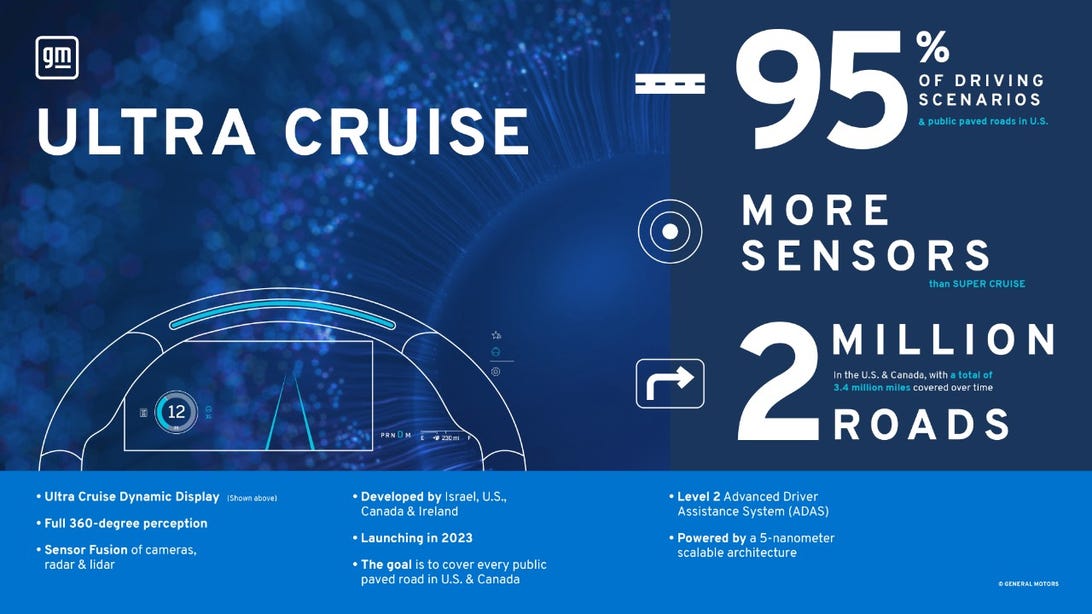

GM’s Ultra Cruise will substantially expand the roads and situations in which it can take over the driving compared to the company’s original Super Cruise.
GMFord has technology coming called BlueCruise, the name of which raised hackles at GM until the two came to a settlement over the similarity of their respective technology names. BlueCruise will work on 130,000 miles of roads in North America, maintaining set speed, vehicle spacing, lane tracking, stop and go operation and posted speed limit recognition. Like GM’s technology it will use a camera in the cabin to make sure you’re still watching the road and paying attention when the system is engaged.
While these tangible technologies hit showrooms soon and evolve with driver feedback, the biggest question may be communicating their capabilities. Few drivers are going to memorize the official levels of autonomy we’ve talked about let alone understand which one their car maps to. So how will auto brands make it clear what their cars can and can’t be asked to safely do? Industry jargon and technology trade names won’t cut it.
Long ago we were introduced to cruise control, the first taste of autonomy, but it was simple and worked the same way on all cars. Today’s autonomy tech is radically more complex and fractured than cruise control. It will reward a breakthrough in clear communication as much as in technical development.